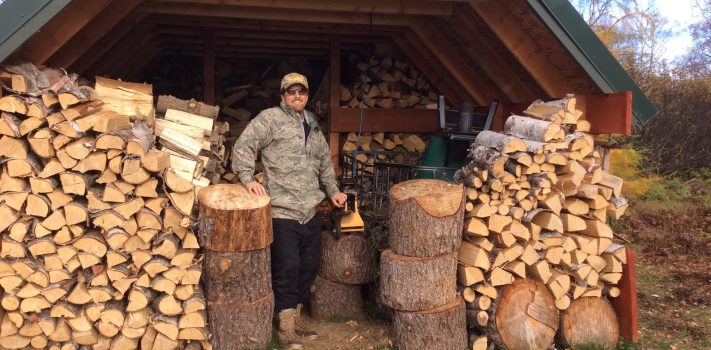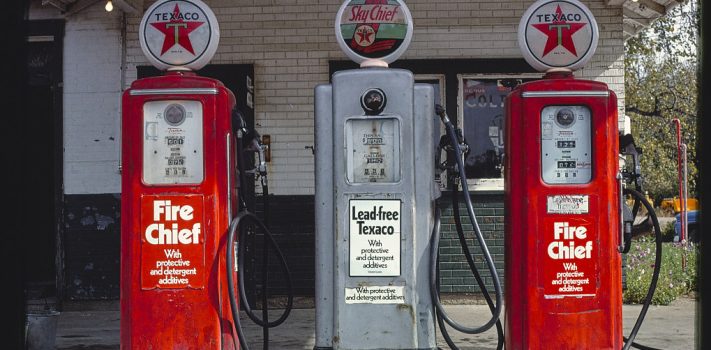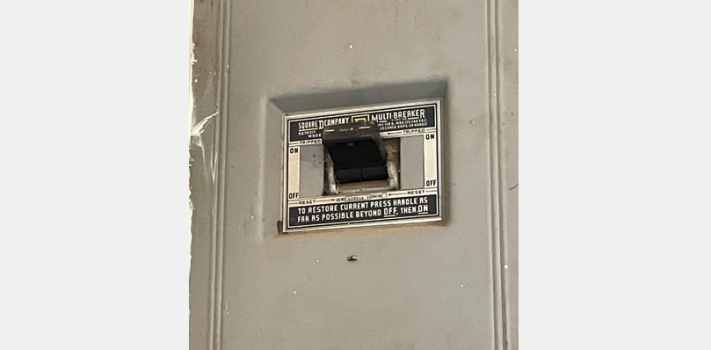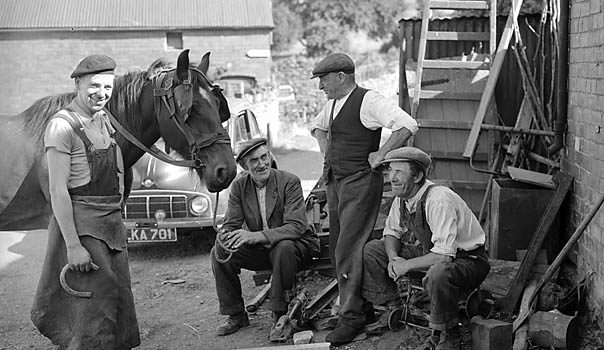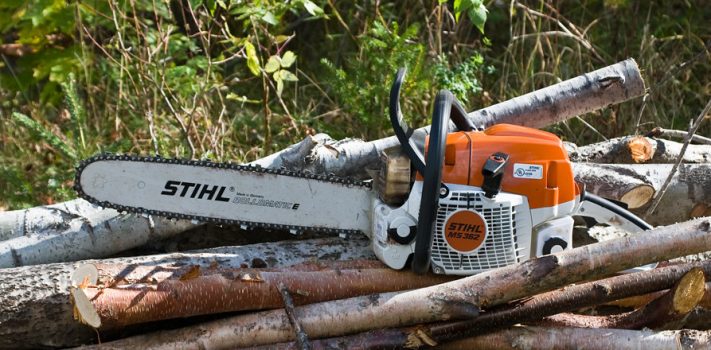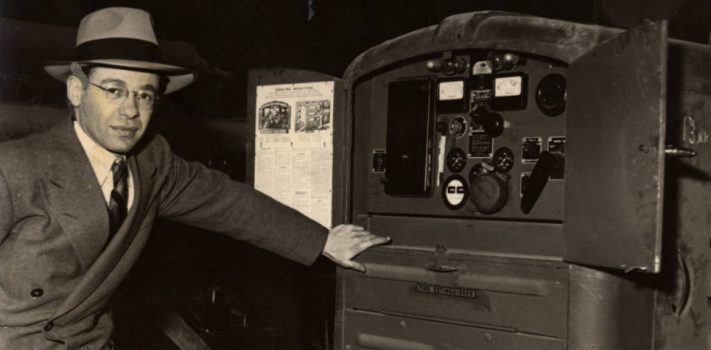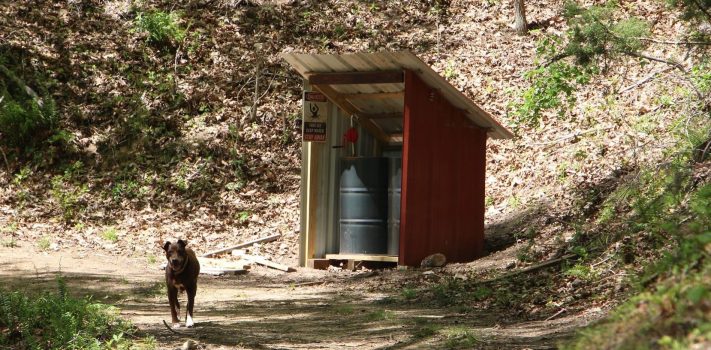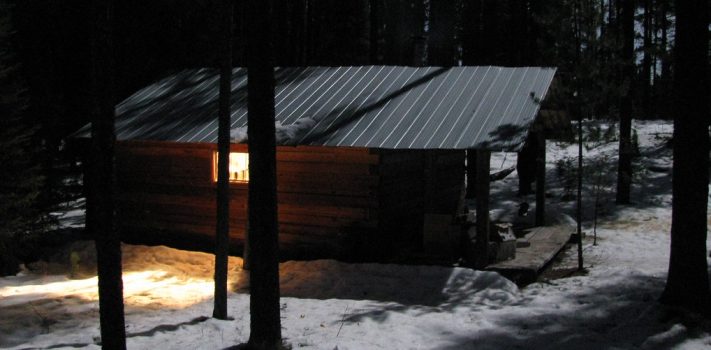A 12-Month Preparedness Checklist – Part 2, by Reltney McFee
(Continued from Part 1. This concludes the article.) June June is the month to assess the animals: are their vaccinations current? How is that Veterinary Medic Bag coming along? In addition, while I am out and about, June might be a nice month to function test my generator, and, following the thought that a power failure might require my generator to function, would it not be nice to have, gosh, LIGHT, while poking around getting such things set up? Why, now that you ask, yes! Yes, light would be pleasant! I checked the batteries in January, and this month’s check …




